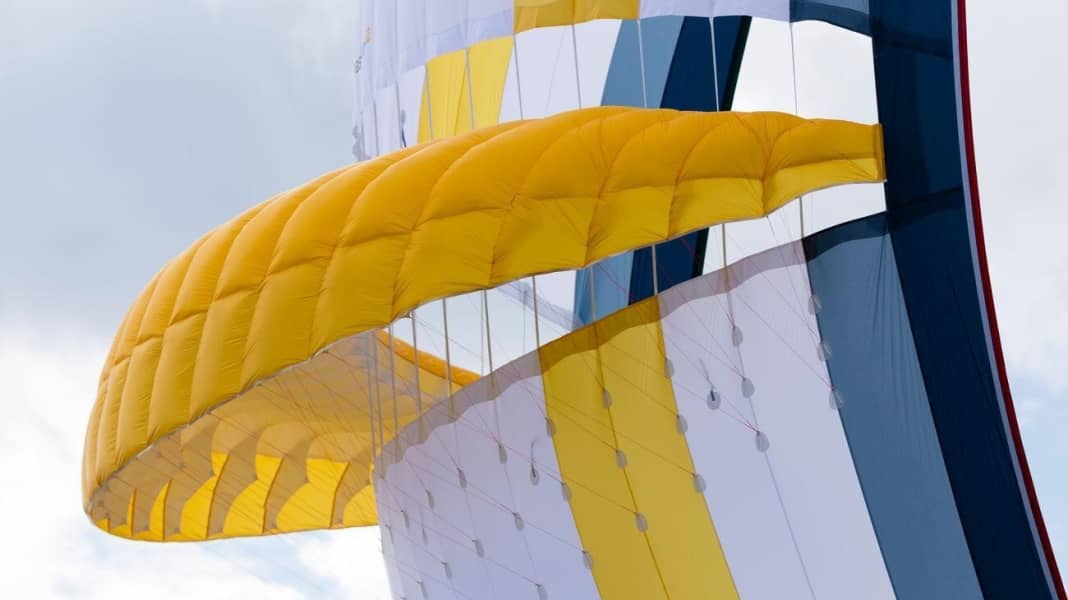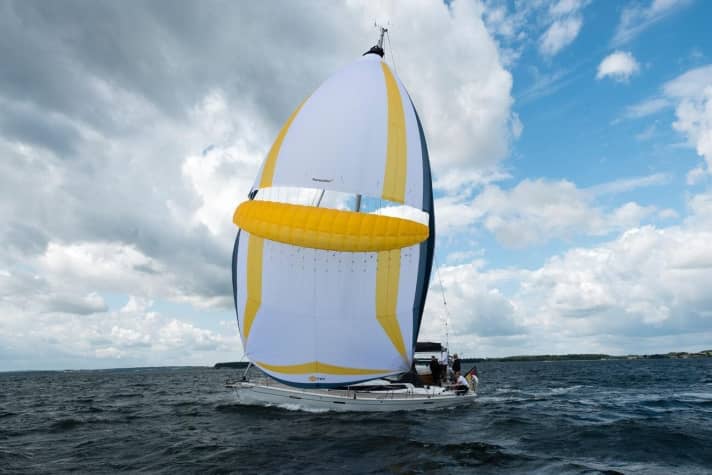
The new Parasailor has been developed from scratch and combines the expertise gained from 30 years of paraglider development with the experience of the continuously improved Parasailor. This includes details of the wing connection, the choice of materials and the complete revision of the clew and headboard, always with the aim of improving both the stability and sailing characteristics of the product. According to the manufacturer, the 15-year-old basic design had been exhausted despite constant evolution, so it was time for a completely new development. This was the only way to bring together many new product ideas and the current state of paraglider development.
The new generation Parasailor is intended to significantly improve on the performance data of the first generation. The patent-pending hybrid wing, which is basically a combination of a conventional 3D wing (with lower and upper sail) and the single-skin wing familiar from the Parasail, plays a central role in this. In addition, the wing and base sail were flow-optimised in a virtual wind tunnel. For this purpose, two 3D CAD programmes from the fields of sail design and aviation/wing design were specially combined into one system and the different sail variants were tested in several thousand hours of flow simulation. At the same time, practical trials were carried out on around 20 prototypes.

Compared to its predecessor, the hybrid wing is designed to give the system more lift and ensure a constant spreading effect of the leech and inherent stability of the sail even at lower wind speeds. The new wing design requires less wing area, which should make it easier to set and recover the new Parasailor, as the wing fills faster and is also easier to deflate from the recovery tube.
The new generation Parasailor is expected to be available to order from October 2019 and will be delivered from December 2019. The existing model will be available from October to November 2019 in a "Final Edition" at a ten per cent reduced price.
Already sailed
Find out how the new generation performs in practice and whether the improvements are actually noticeable in the sailing special in Yacht 21/2019.
